The History of Our American Flag
Before the Stars and Stripes American Flag – Its Origin And History
The History of Our American Flag – 2025

During the night of September 13, 1814, the British fleet bombarded Fort McHenry in the harbor in Baltimore, Maryland. Francis Scott Key, a 34-year-old lawyer-poet, watched the attack from the deck of a British prisoner-exchange ship.
He had gone to seek the release of a friend, but they were refused permission to go ashore until after the attack had been made. As the battle ceased the following morning, Key turned his telescope to the fort and saw that the Stars and Stripes American flag was still waving.
The sight so inspired him that he pulled a letter from his pocket and began to write the poem, which eventually became the United States national anthem—"The Star-Spangled Banner." The Key was returned to Baltimore, and later that day, he took a room at a Baltimore tavern, where he completed the poem.
Years later, Key told a hometown audience in Frederick, Maryland:
"I saw the flag of my country waving over a city—the strength and pride of my native State—a city devoted to plunder and desolation by its assailants. I witnessed the preparation for its assaults. I saw the array of its enemies as they advanced to the attack. I heard the sound of battle; the noise of the conflict fell upon my listening ear, and told me that 'the brave and the free' had met the invaders."
The Joint Committee on Printing is pleased to present the latest edition of Our Flag, the beautiful Stars and Stripes. This Congressional publication briefly describes the flag's history and sets forth the practices and observances appropriate to its display. The Committee hopes this document will be useful and informative to its audience.
History of the Stars and Stripes
The Stars and Stripes originated due to a resolution adopted by the Marine Committee of the Second Continental Congress in Philadelphia on June 14, 1777.
The resolution read:
"Resolved, that the flag of the United States be thirteen stripes, alternate red and white; that the Union be thirteen stars, white in a blue field representing a new constellation."
The resolution gave no instruction as to how many points the stars should have or how they should be arranged on the blue Union. Consequently, some flags had stars scattered on the blue field without any specific design, some arranged the stars in rows, and some in a circle.
The first Navy Stars and Stripes flags had stars arranged in staggered formation in alternate rows of threes and twos on a blue field. Other flags had stars arranged in alternate rows of four, five, and four. Some stars had six points, while others had eight.
Substantial evidence indicates that Francis Hopkinson of New Jersey, a signer of the Declaration of Independence, was responsible for the stars on the U.S. flag. When the flag resolution was adopted, Hopkinson was the Chairman of the Continental Navy Board's Middle Department. Hopkinson also helped design other devices for the Government, including the Great Seal of the United States.
For his services, Hopkinson submitted a letter to the Continental Admiralty Board asking "whether a Quarter Cask of the public Wine will not be a proper & reasonable Reward for these Labours of Fancy and a suitable Encouragement to future Exertions of a like Nature." His request was turned down since Congress regarded him as a public servant.

Betsy Ross Flag: An Early Stars and Stripes Flag
During the Revolutionary War, several patriots made flags for our new Nation. Among them were Cornelia Bridges, Elizabeth (Betsy) Ross, Rebecca Young, all of Pennsylvania, and John Shaw of Annapolis, Maryland.
Although Betsy Ross, the best known of these persons, made flags for 50 years, there is no proof that she made the first Stars and Stripes. It is known that she made flags for the Pennsylvania State Navy in 1777. The popular flag, the "Betsy Ross flag," which arranged the stars in a circle, did not appear until the early 1790s.
The claims of Betsy Ross were first brought to the public in 1870 by one of her grandsons, William J. Canby. In a paper he read before the meeting of the Historical Society of Pennsylvania, Canby stated:
"It is not tradition, it is a report from the lips of the principal participant in the transaction, directly told not to one or two, but a dozen or more living witnesses, of which I am one, though but a little boy when I heard it…. Colonel Ross, with Robert Morris and General Washington, called on Mrs. Ross and told her they were a committee of Congress, and wanted her to make a flag from the drawing, a rough one, which, upon her suggestions, was redrawn by General Washington in pencil in her back parlor. This was before the Declaration of Independence. I fix the date to be during Washington's visit to Congress from New York in June, 1776, when he came to confer upon the affairs of the Army, the flag being, no doubt, one of these affairs."

Grand Union Flag
The colonists' first flag to resemble the present Stars and Stripes was the Grand Union Flag, sometimes referred to as the Congress Colors, the First Navy Ensign, or the Cambridge Flag.
Its design consisted of 13 stripes, alternately red and white, representing the Thirteen Colonies. A blue field in the upper left-hand corner bore the red cross of St. George of England and the white cross of St. Andrew of Scotland.
As the flag of the Revolution, it was used on many occasions. It was first flown by the ships of the Colonial Fleet on the Delaware River. On December 3, 1775, it was raised aboard Captain Esek Hopkins' flagship Alfred by John Paul Jones, then a Navy lieutenant.
Later, the flag was raised on the liberty pole at Prospect Hill, near George Washington's headquarters in Cambridge, Massachusetts. It was our unofficial national flag on July 4, 1776, Independence Day, and it remained the unofficial national flag and ensign of the Navy until June 14, 1777, when the Continental Congress authorized the Stars and Stripes.
Interestingly, the Grand Union Flag was also the British East India Company standard. It was only by degrees that the Union Flag of Great Britain was discarded. The final breach between the Colonies and Great Britain removed the British Union from the canton of our striped flag and substituted stars on a blue field.

Fifteen Stars and Stripes Flag
The Star-Spangled Banner was the only U.S. Flag with more than 13 stripes. It was immortalized by Francis Scott Key during the bombardment of Fort McHenry on September 13, 1814.
The Star Spangled Banner flag was the only US Flag with more than 13 stripes. Francis Scott Key immortalized it during the bombardment of Fort McHenry on September 13, 1814.
When two new States were admitted to the Union (Kentucky and Vermont), a resolution was adopted in January 1794, expanding the flag to 15 stars and 15 stripes. This flag was the official flag of our country from 1795 to 1818 and was prominent in many historic events.
It inspired Francis Scott Key to write "The Star-Spangled Banner" during the bombardment of Fort McHenry; it was the first flag to be flown over a fortress of the Old World when American Marine and Naval forces raised it above the pirate stronghold in Tripoli on April 27, 1805; it was the ensign of American troops in the Battle of Lake Erie in September of 1813; and General Jackson flew it in New Orleans in January of 1815.
However, realizing that the flag would become unwieldy with a stripe for each new State, Capt. Samuel C. Reid, USN, suggested to Congress that the stripes remain 13 in number to represent the Thirteen Colonies and that a star be added to the blue field for each new State coming into the Union.
Accordingly, on April 4, 1818, President Monroe accepted a bill requiring that the flag of the United States have a union of 20 stars, white on a blue field, and that upon admission of each new State into the Union, one star be added to the Union of the flag on July 4 following its date of admission.
The 13 alternating red and white stripes would remain unchanged. This act succeeded in prescribing the basic design of the flag while assuring that the growth of the Nation would be symbolized appropriately.
Eventually, the country's growth resulted in a flag with 48 stars upon the admission of Arizona and New Mexico in 1912. Alaska added a 49th star in 1959, and Hawaii a 50th star in 1960. With the 50-star flag came a new design and arrangement of the stars in the Union, a requirement met by President Eisenhower in Executive Order No. 10834, issued August 21, 1959.
To conform with this, a national banner with 50 stars became the official flag of the United States. The flag was raised for the first time at 12:01 a.m. on July 4, 1960, at the Fort McHenry National Monument in Baltimore, Maryland.
Traditionally a symbol of Liberty, the American flag has carried the message of freedom to many parts of the world. Sometimes the same flag flying at a crucial moment in our history has been flown again in another place to symbolize continuity in our struggles for the cause of Liberty.
One of the most memorable is the flag that flew over the Capitol in Washington on December 7, 1941, when Pearl Harbor was attacked. This same flag was raised again on December 8 when war was declared on Japan, and three days later, at the time of the declaration of war against Germany and Italy.
President Roosevelt called it the "flag of liberation" and carried it to the Casablanca Conference and other historic occasions. It flew from the mast of the U.S.S. Missouri during the formal Japanese surrender on September 2, 1945.
Another historic flag is the one that flew over Pearl Harbor on December 7, 1941. It was also present at the United Nations Charter meeting in San Francisco, California, and used at the Big Three Conference in Potsdam, Germany. This same flag flew over the White House on August 14, 1945, when the Japanese accepted surrender terms.
 Old Ironsides in the War of 1812, Courtesy US Naval Academy Museum
Old Ironsides in the War of 1812, Courtesy US Naval Academy Museum
Following the War of 1812, a great wave of nationalistic spirit spread throughout the country; the infant Republic had successfully defied the might of an empire. As this spirit spread, the Stars and Stripes symbolized sovereignty. The homage paid to that banner is best expressed by what the gifted men of later generations wrote concerning it.
The writer Henry Ward Beecher said:
"When it sees a nation's flag, a thoughtful mind sees not the flag but the Nation itself. And whatever its symbols or insignia, he reads chiefly in the flag, the Government, the principles, the truths, the history that belongs to the Nation that sets it forth. The American flag symbolizes Liberty, and men rejoice in it.
"The stars upon it were like the bright morning stars of God, and the stripes upon it were beams of morning light. As at early dawn the stars shine forth even while it grows light, and then as the sun advances that light breaks into banks and streaming lines of color, the glowing red and intense white striving together, and ribbing the horizon with bars effulgent, so, on the American flag, stars and beams of many-colored light shine out together …."
In a 1917 Flag Day message, President Wilson said:
"This flag, which we honor and under which we serve, is the emblem of our unity, our power, our thought, and purpose as a nation. It has no other character than that we give it from generation to generation. The choices are ours. It floats in majestic silence above the hosts executing those choices, whether in peace or war. And yet, though silent, it speaks to us—speaks to us of the past, of the men and women who went before us, and of the records they wrote upon it."
"We celebrate the day of its birth; and from its birth until now it has witnessed a great history, has floated on high the symbol of significant events, of a grand plan of life worked out by a great people….
"Woe be to the man or group of men that seeks to stand in our way in this day of high resolution when every principle we hold dearest is to be vindicated and made secure for the salvation of the Nation. We are ready to plead at the bar of history, and our flag shall wear a new luster. Once more we shall make good with our lives and fortunes the great faith to which we were born, and a new glory shall shine in the face of our people."
An Early United States Flag – Before the Stars and Stripes
Archeological digs in northern India, dating around 3,500 B.C., have uncovered a seal, used to sign documents. The seal shows a procession of seven men carrying square standards, held aloft on poles like modern flags.
While these ancient flags were rigid, like boards, and not made of cloth like modern flags, they provided ample testimony that heraldry and the display of banners dated to the earliest civilizations.
In American history, the Vikings carried a flag that bore a black raven on a white field. In 1492, Columbus sailed to our shores with his three small ships, displaying the Spanish flag, which bore two red lions on two white fields and two yellow castles on two red fields.
The Dutch brought their own striped flags when they settled in New Amsterdam, which we now call New York, and pioneers from other nations also brought along the standards of their countries when they decided on our shores.
Therefore, it is only natural that America should create colonial flags as soon as the first colonists settled. Given the disparate array of settlers, it is unsurprising that a wide variety of flags were made.
The first flags adopted by our colonial forebears symbolized their struggles with the wilderness of the new land. Beavers, pine trees, rattlesnakes, anchors, and various other insignia were affixed to different banners with mottoes such as "Hope," "Liberty," "An Appeal to Heaven," or "Don't Tread on Me."
In the early days of the Revolution, there were colonial and regimental flags by the score. The Boston Liberty flag, consisting of nine alternate red and white horizontal stripes, flew over the Liberty Tree, a fine old elm in Hanover Square in Boston, where the Sons of Liberty met.
Still, another was a white flag with a green pine tree and the inscription, "An Appeal to Heaven." This particular flag became familiar on the seas as the ensign of the cruisers commissioned by General Washington and was noted by many English newspapers.
Flags with a rattlesnake theme also gained increasing prestige with colonists. The slogan "Don't Tread on Me" almost invariably appeared on rattlesnake flags. A flag of this type was the standard of the South Carolina Navy. Another, the Gadsden flag, consisted of a yellow field with a rattlesnake in a spiral coil, poised to strike, in the center. Below the snake was the motto, "Don't Tread on Me."
Similar was the Culpepper flag, a banner of the Minutemen of Culpepper (now spelled Culpeper) County, Virginia. It consisted of a white field with a rattlesnake in a spiral coil in the center. Above the rattlesnake was the legend "The Culpepper Minute Men," and below it was the motto "Liberty or Death" and "Don't Tread on Me."
In December of 1775, an anonymous Philadelphia correspondent wrote to Bradford's Pennsylvania Journal concerning the symbolic use of the snake. He began the letter by saying:
"I recollected that her eye excelled in brightness like any other animal, and that she has no eyelids. She may, therefore, be esteemed an emblem of vigilance. She never begins an attack, nor, when once engaged, ever surrenders. She is, thus, an emblem of magnanimity and true courage."
It was probably the deadly bite of the rattler, however, which was foremost in the minds of its designers, and the threatening slogan "Don't Tread on Me" added further significance to the design.
The Moultrie flag was the first distinctive American flag displayed in the South. On June 28, 1776, the British fleet attacked the fort on Sullivan's Island, which lies in the channel leading to Charleston, South Carolina. The flag flew over the ramparts of the fort when it was attacked.
The British ships bombarded the fort for 10 hours. But the garrison, consisting of some 375 regulars and a few militia, under the command of Col. William Moultrie, put up such a gallant defense that the British were forced to withdraw under cover of darkness.
This victory saved the southern Colonies from invasion for another two years. The Fort Moultrie Flag was blue, as were the uniforms of the garrison men. It bore a white crescent in the upper corner next to the staff, like the silver crescents the men wore on their caps, inscribed with the words "Liberty or Death."
The Maritime Colony of Rhode Island had its own Rhode Island Regiment Flag, which was carried at Brandywine, Trenton, and Yorktown. It bore an anchor, 13 stars, and the word "Hope." Many believe that the white stars in a blue field influenced the design of our national flag.
The Army preferred its regimental flags on the battlefield instead of the Stars and Stripes. A popular form of the U.S. flag used in battle had the obverse (front) of the Great Seal in the canton. The Army also used the Stars and Stripes with 13 stars in a circle. The Stars and Stripes were officially used in Army artillery units in 1834 and in infantry units in 1842.
Historical American Flags

MOULTRIE FLAG
South Carolinians defending Fort Moultrie in Charleston Harbor in 1776 raised one of the earliest flags of American Liberty. The blue corresponded to their uniform, and the silver crescent appeared as a badge worn on their caps. The cause for which they fought—Liberty—was emblazoned on the crescent.

GREEN MOUNTAIN BOYS FLAG
The history of the Green Mountain Boys flag reveals that General John Stark of New Hampshire commanded a militia brigade known as the Green Mountain Boys.
General John Stark of New Hampshire commanded a militia brigade called the "Green Mountain Boys." Tradition relates that its green flag was flown at the Battle of Bennington on August 16, 1777. As in many American flags, the stars here were arranged arbitrarily. Nevertheless, they signified the unity of the Thirteen Colonies in their struggle for independence.

RHODE ISLAND REGIMENT FLAG
The starry canton in the Rhode Island Regiment flag symbolized national unity, but the white field corresponded to the uniform of the State troops.
The State flags of America found their earliest forms during the Revolutionary War. The starry canton in the flag of the Rhode Island Regiment symbolized national unity, but the white field corresponded to the uniform of the State troops. The anchor symbol and motto, which completed the design, had been used for over a century. The original flag may be found in the State House in Providence.

COMMODORE PERRY FLAG
During the War of 1812, Captain James Lawrence of the Chesapeake encouraged his men, as he lay dying, by exhorting, "Don't Give Up the Ship". Three months later, at the Battle of Lake Erie, Commodore Perry emblazoned these words on a flag that carried him to victory. Similar flags and mottoes have inspired Americans throughout our two centuries of existence.

BENNINGTON FLAG
Originally believed to have been carried during the Revolution, this flag is now seen as having probably been made for the 50th anniversary of the Declaration of Independence in 1826. Its design is typical of the exuberant artistic expressions found in flags of the 19th century.

CAVALRY GUIDON FLAG
During the Civil War, the cavalry carried a special version of the United States flag, with a swallowtail and stars of gold instead of white. General Custer and others used the flag in succeeding decades in the West.
The American Flag Today
The flag of the United States of America has 13 horizontal stripes—7 red and 6 white—the red and white stripes alternating. It also has a union consisting of white stars of 5 points on a blue field placed in the upper quarter next to the staff and extending to the lower edge of the fourth red stripe from the top.
The number of stars equals the number of States in the Union. The proportions of the flag as prescribed by Executive Order of President Eisenhower on August 21, 1959, are as follows:
Hoist (width) of flag. . . . . . . . . . . . . . . . 1.0
Fly (length) of flag . . . . . . . . . . . . . . . . . 1.9
Hoist (width) of union. . . . . . . . . . . 0.5385
Fly (length) of union . . . . . . . . . . . . . . 0.76
Width of each stripe . . . . . . . . . . . . . 0.769
Diameter of each star. . . . . . . . . . . . 0.0616

The American Flag Anatomy by USA Flag Co.
Pledge of Allegiance to the Flag
"I PLEDGE ALLEGIANCE TO THE FLAG OF THE UNITED STATES OF AMERICA AND TO THE REPUBLIC FOR WHICH IT STANDS, ONE NATION UNDER GOD, INDIVISIBLE, WITH LIBERTY AND JUSTICE FOR ALL."
The Pledge of Allegiance received official recognition from Congress in an Act approved on June 22, 1942. However, the pledge was first published in 1892 in the Youth's Companion magazine in Boston, Massachusetts, to celebrate the 400th anniversary of the discovery of America. It was also first used in public schools to celebrate Columbus Day on October 12, 1892.
In its original version, the pledge read "my flag" instead of "flag of the United States." The National Flag Conference adopted this change in 1923. The rationale for the change was that it prevented ambiguity among foreign-born children and adults who might have the flag of their native land in mind when reciting the pledge.
The phrase "under God" was added to the pledge by a Congressional act approved on June 14, 1954. At that time, President Eisenhower said:
"In this way, we are reaffirming the transcendence of religious faith in America's heritage and future; in this way, we shall constantly strengthen those spiritual weapons, which forever will be our country's most powerful resource in peace and war."



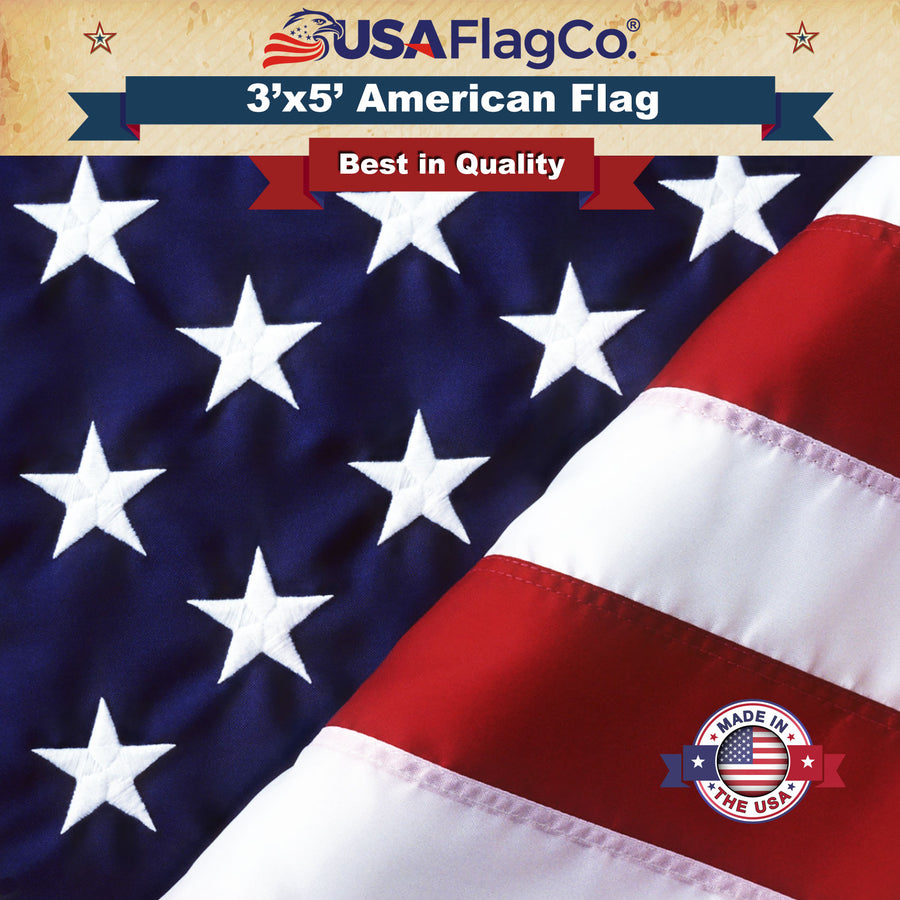
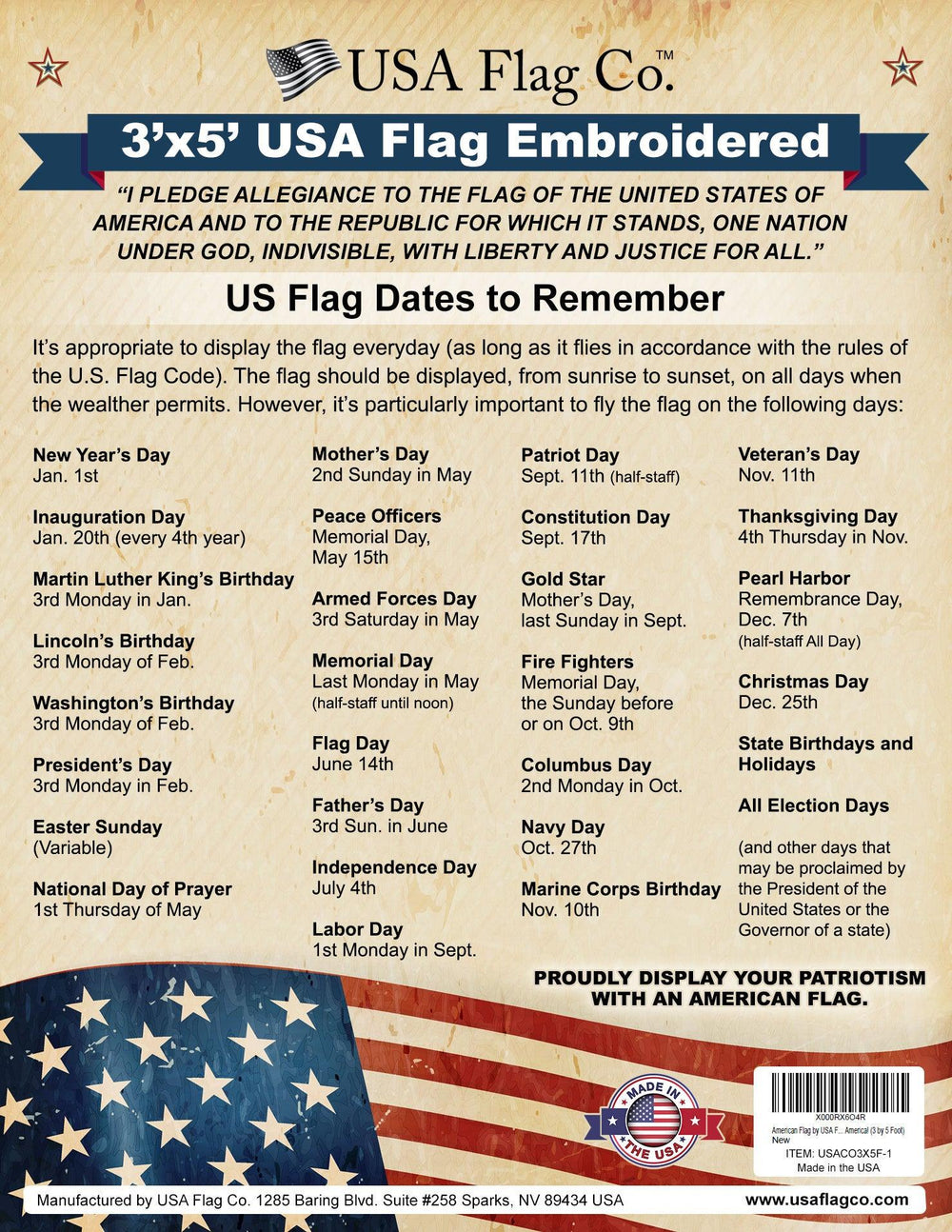
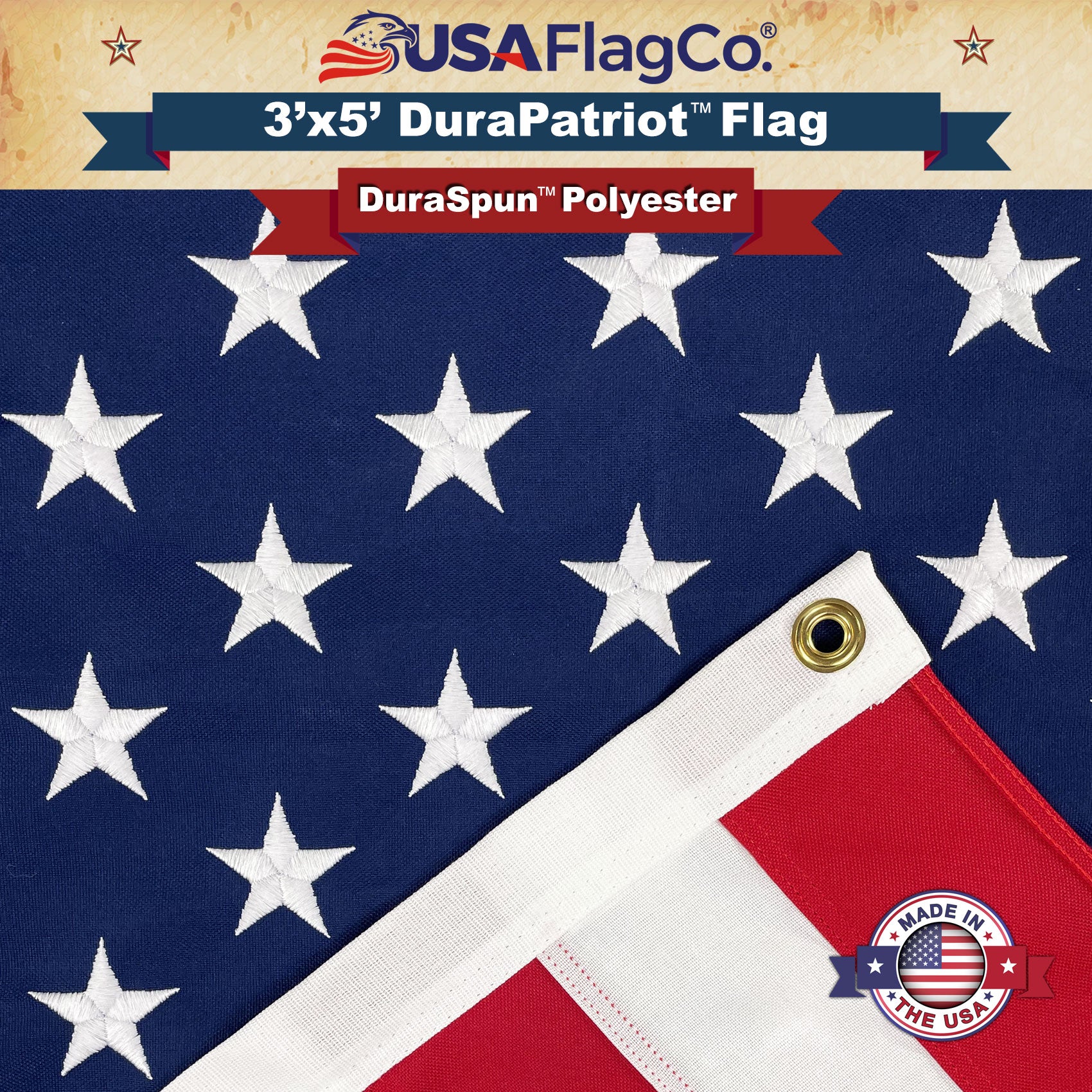
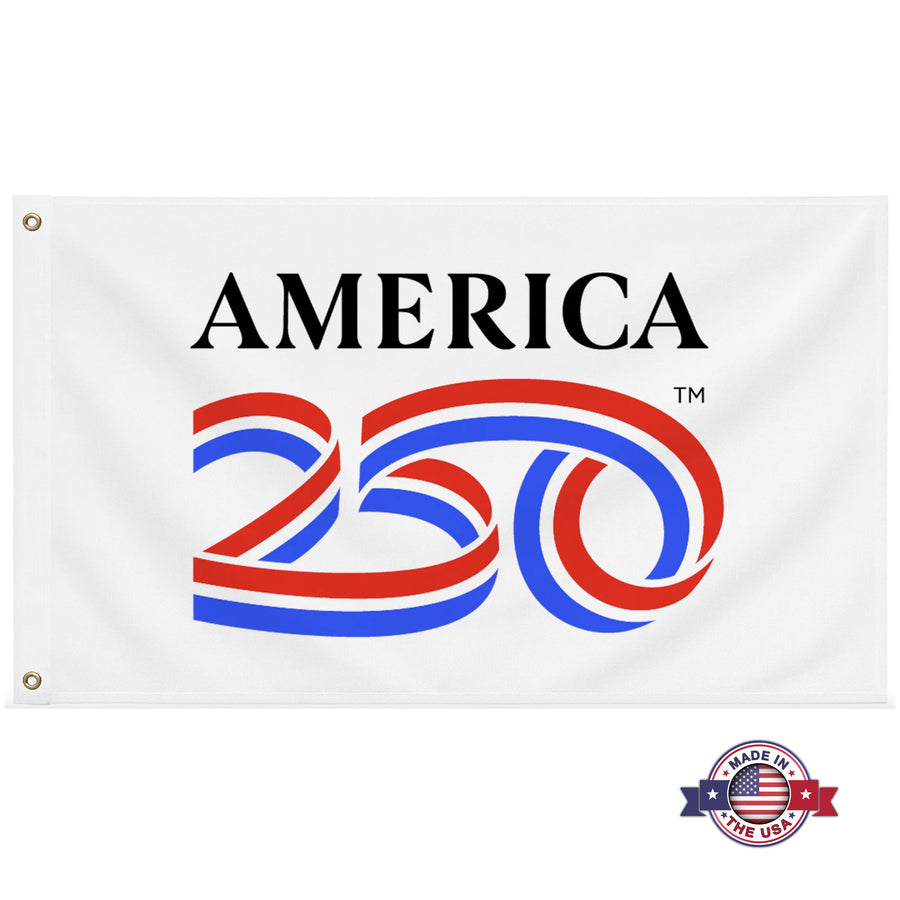
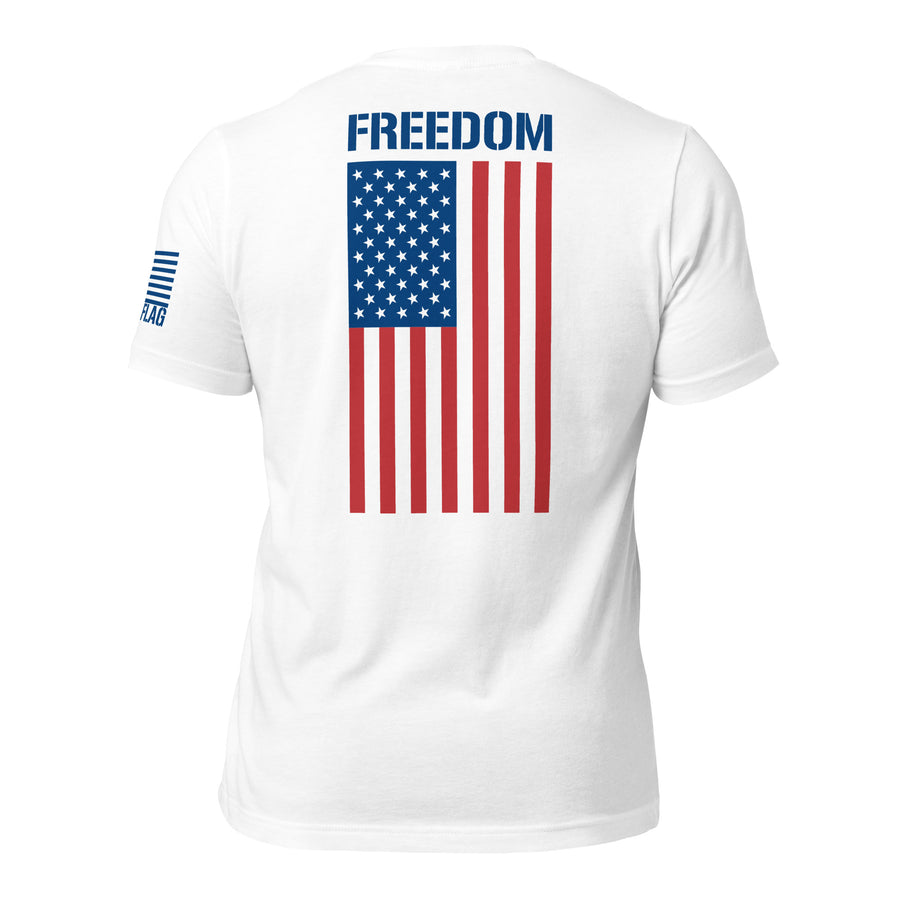
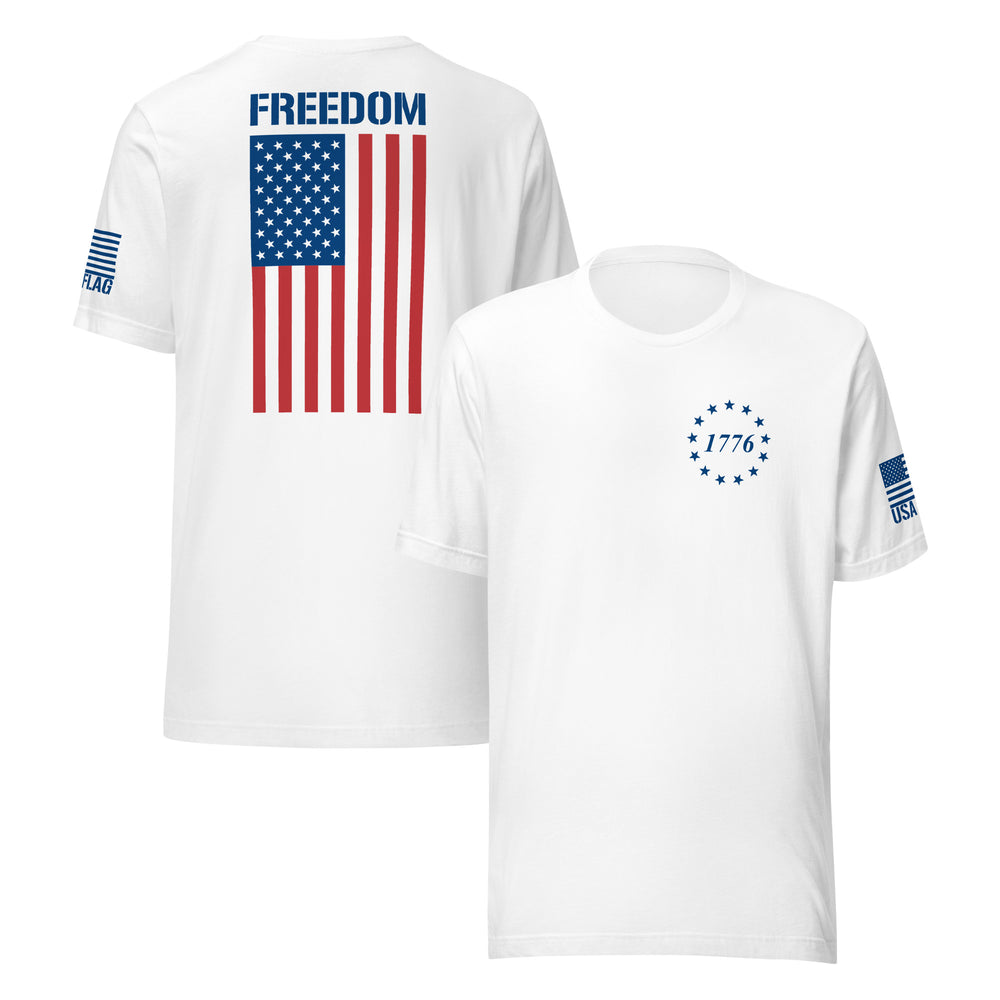
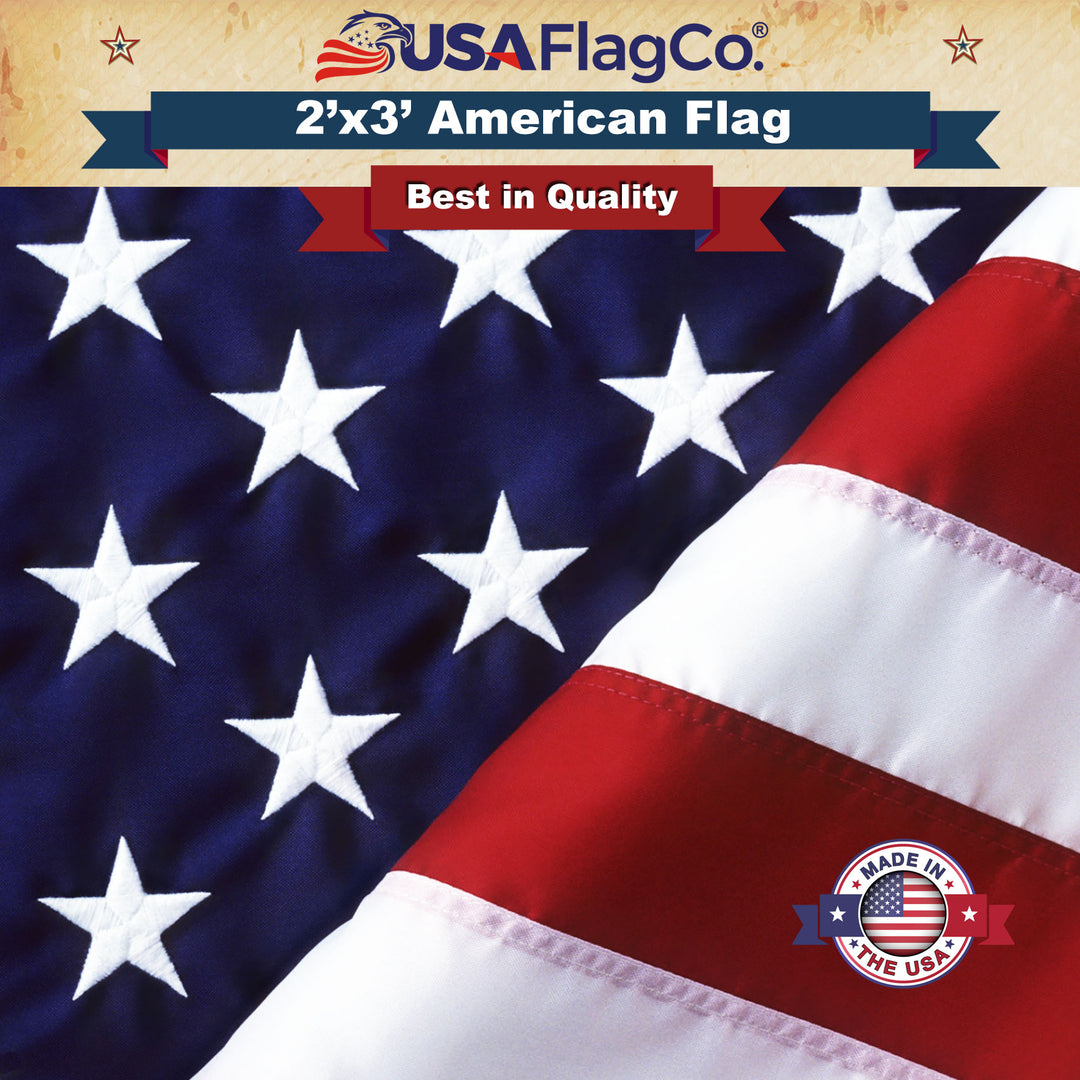
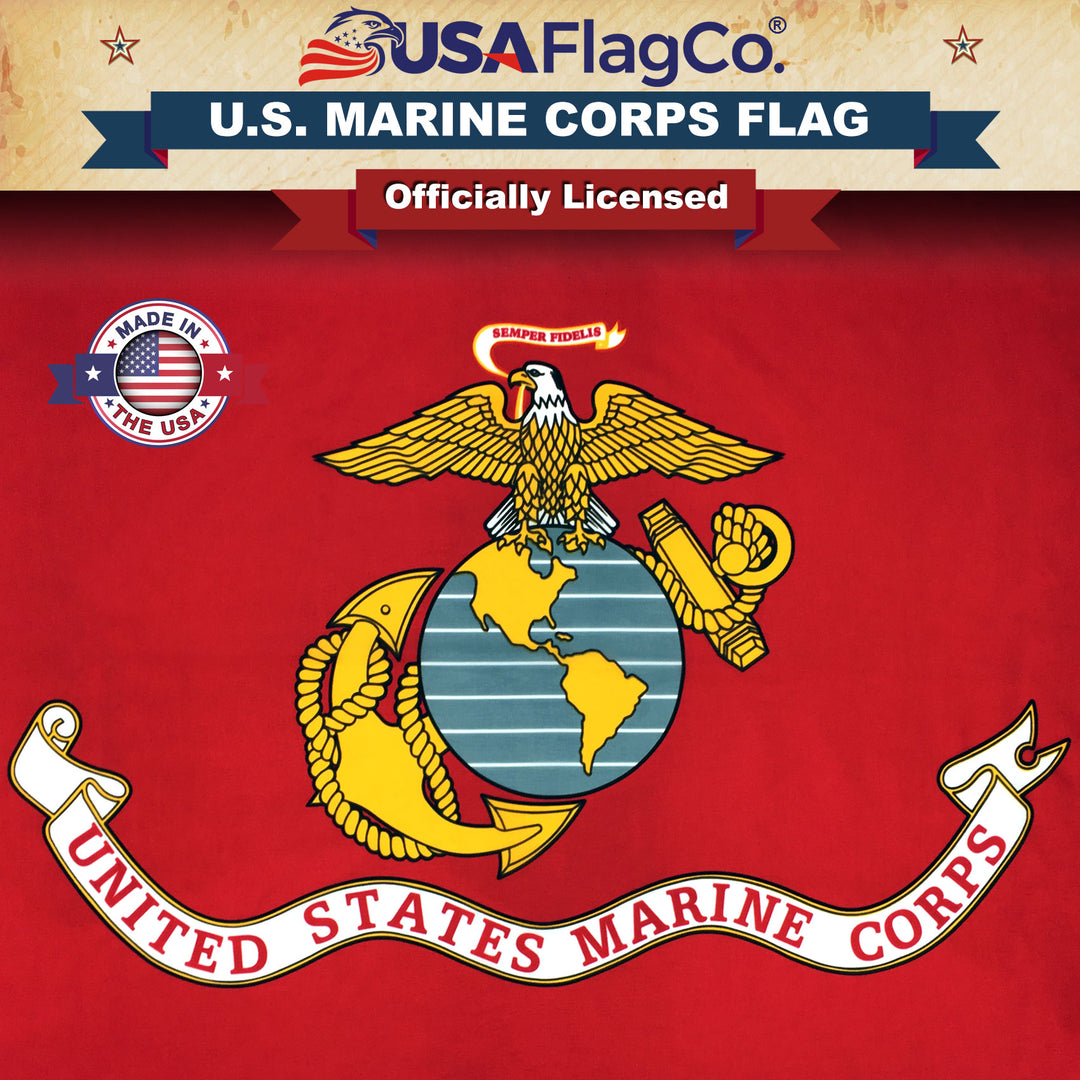
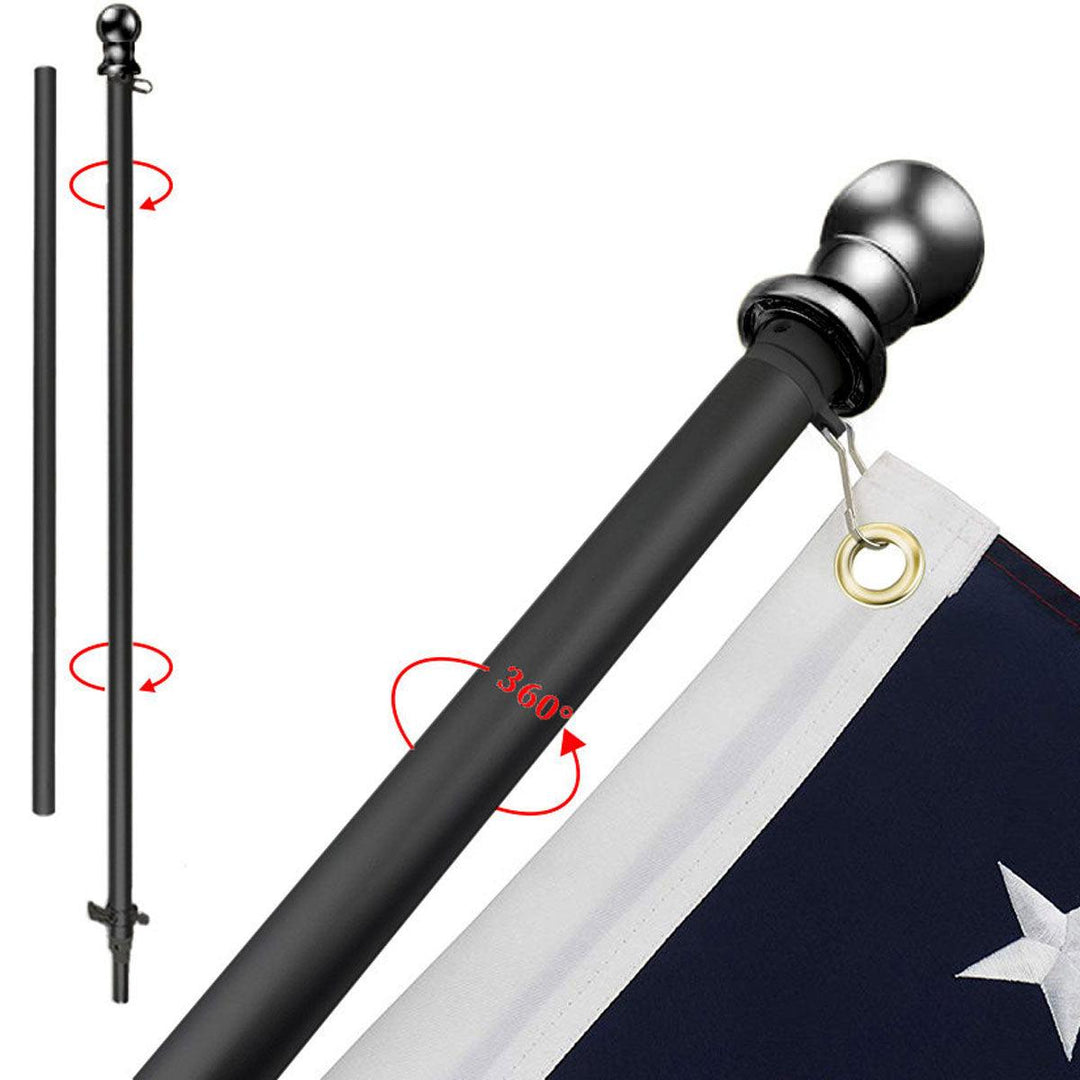
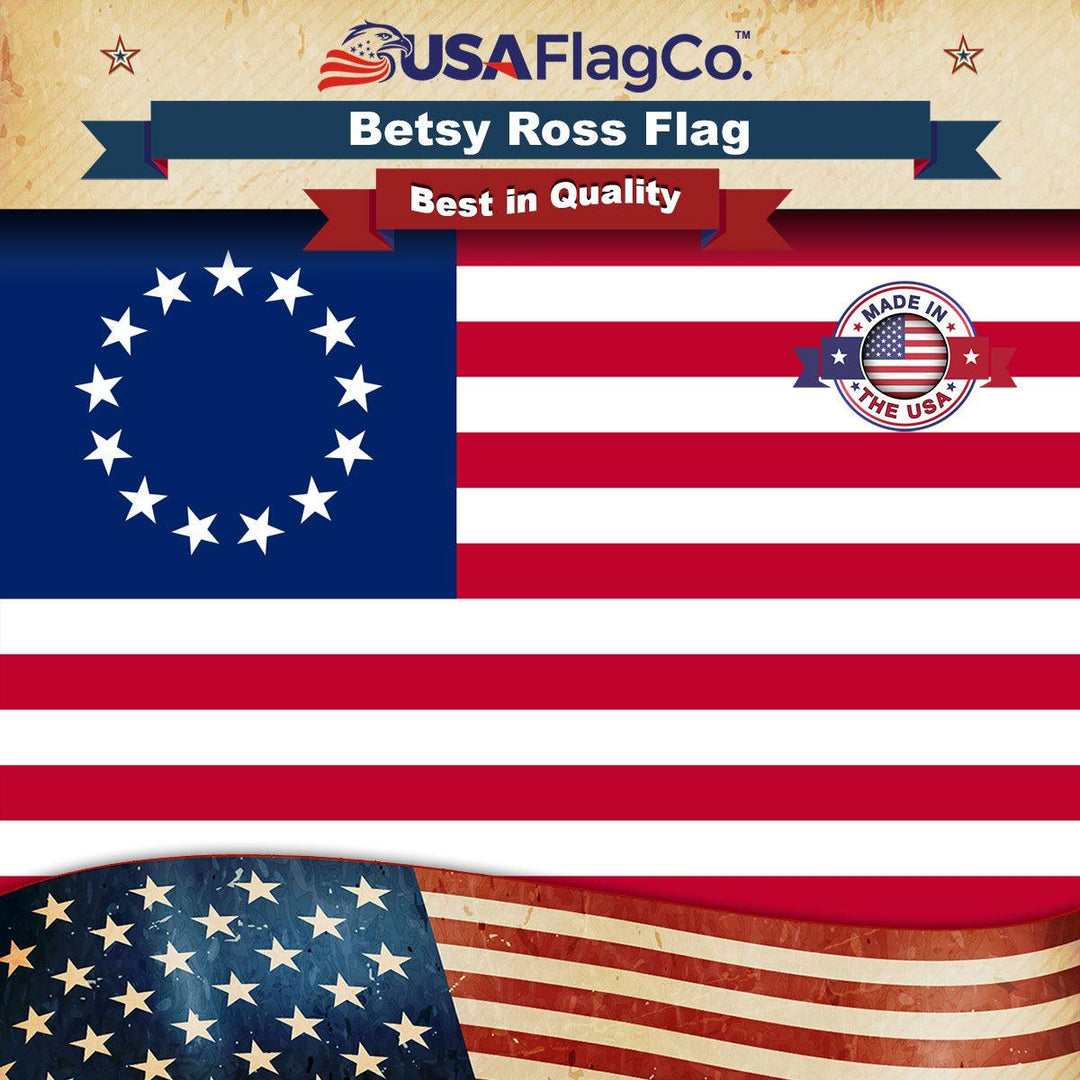
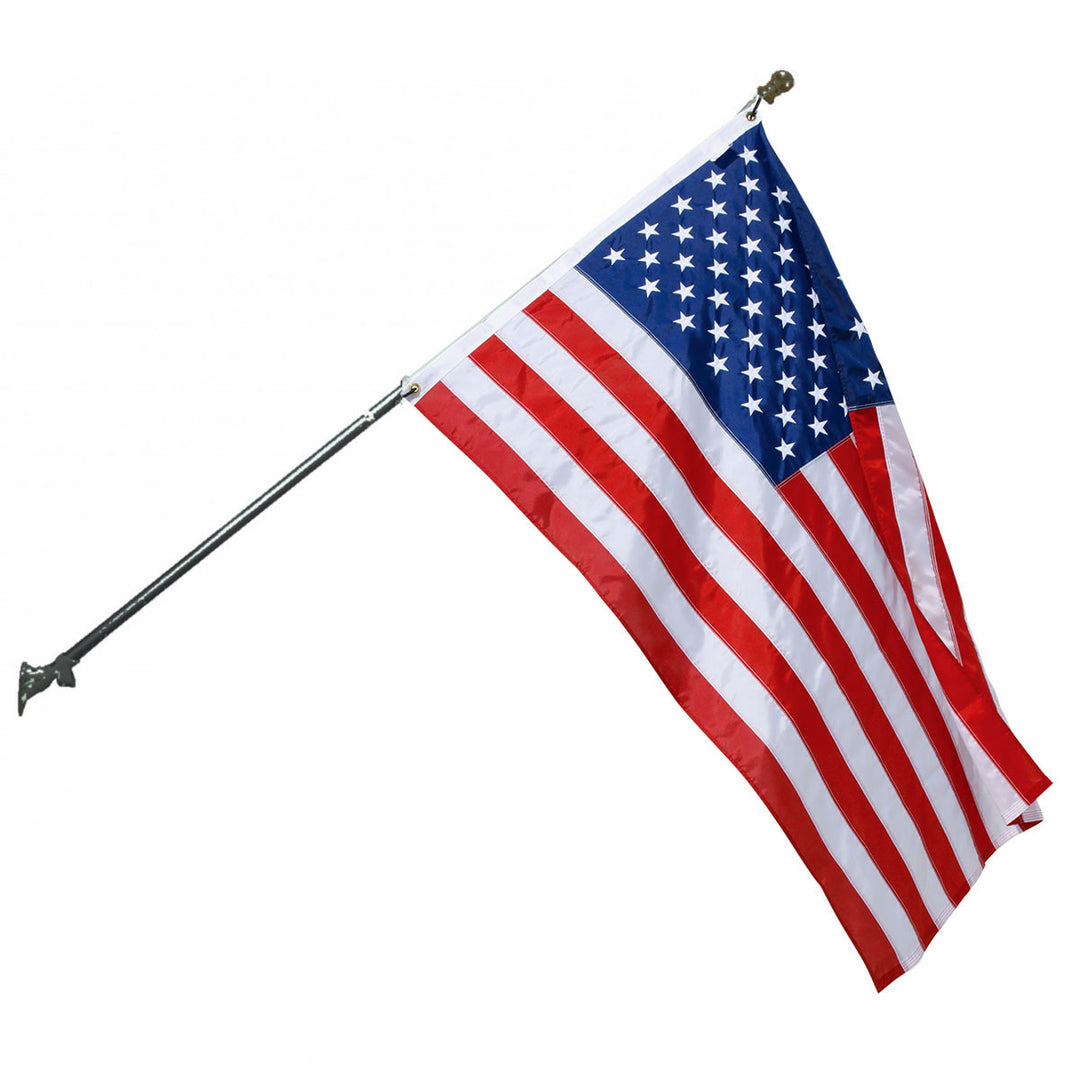
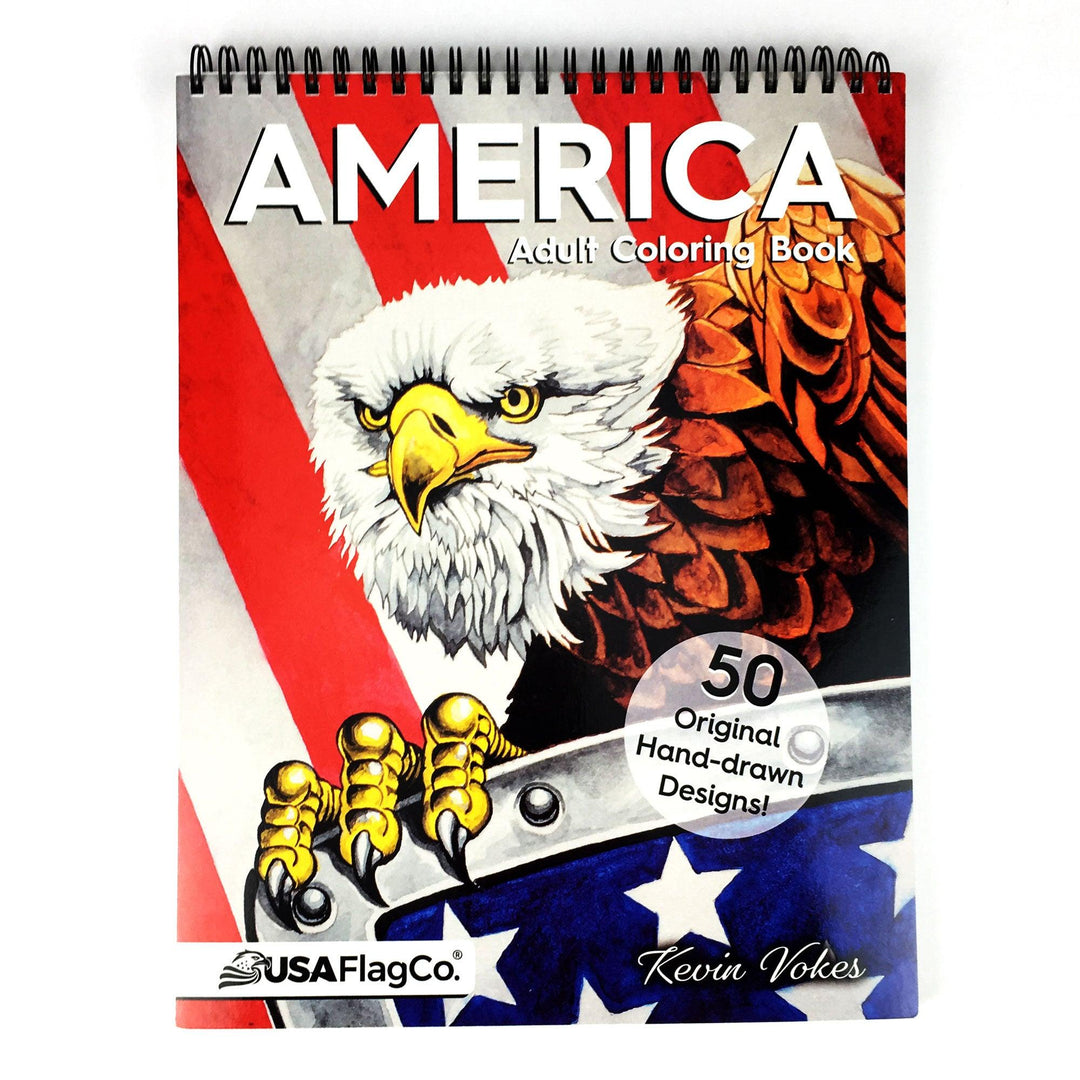
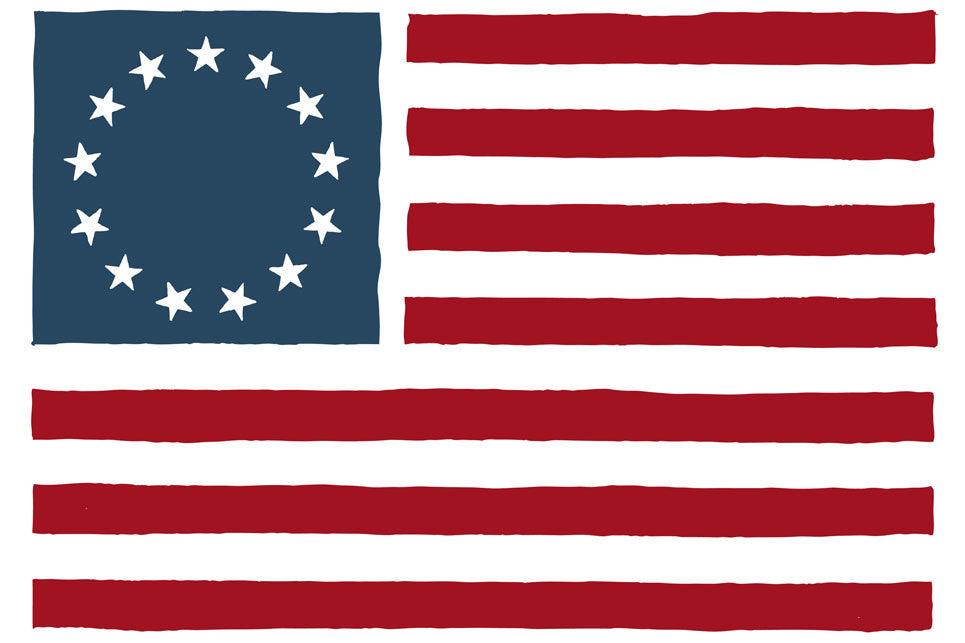
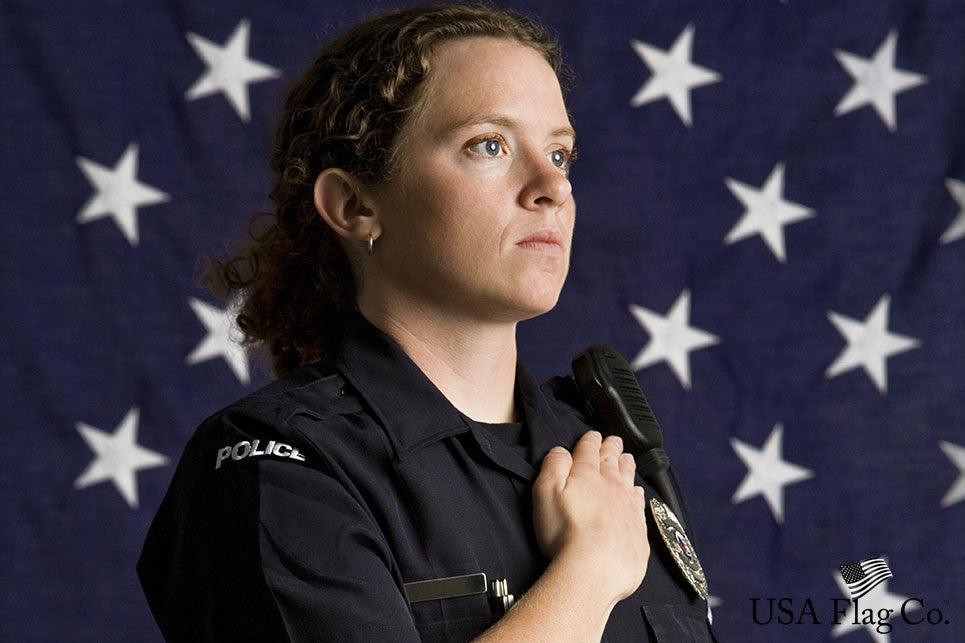
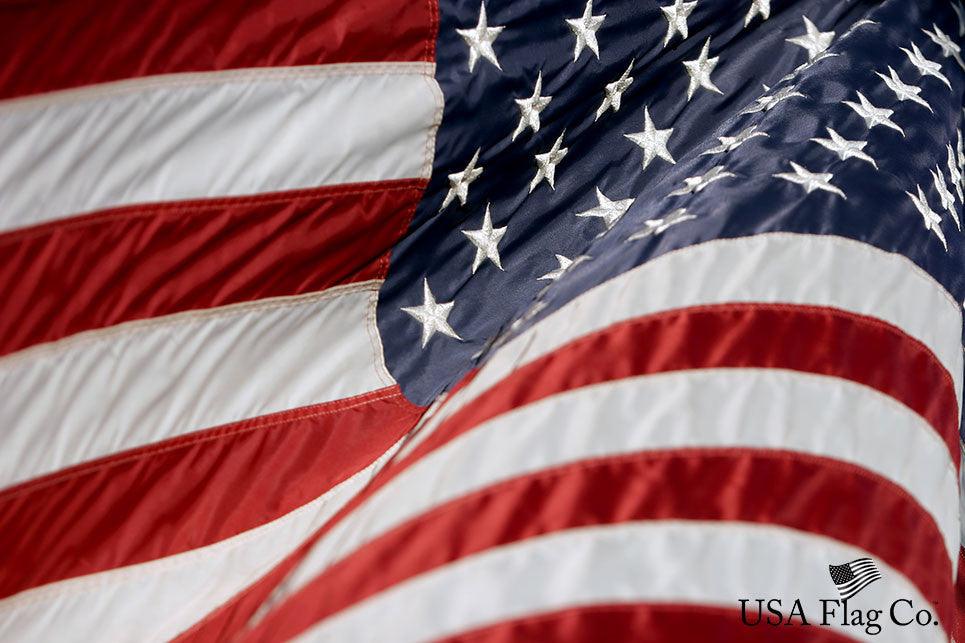
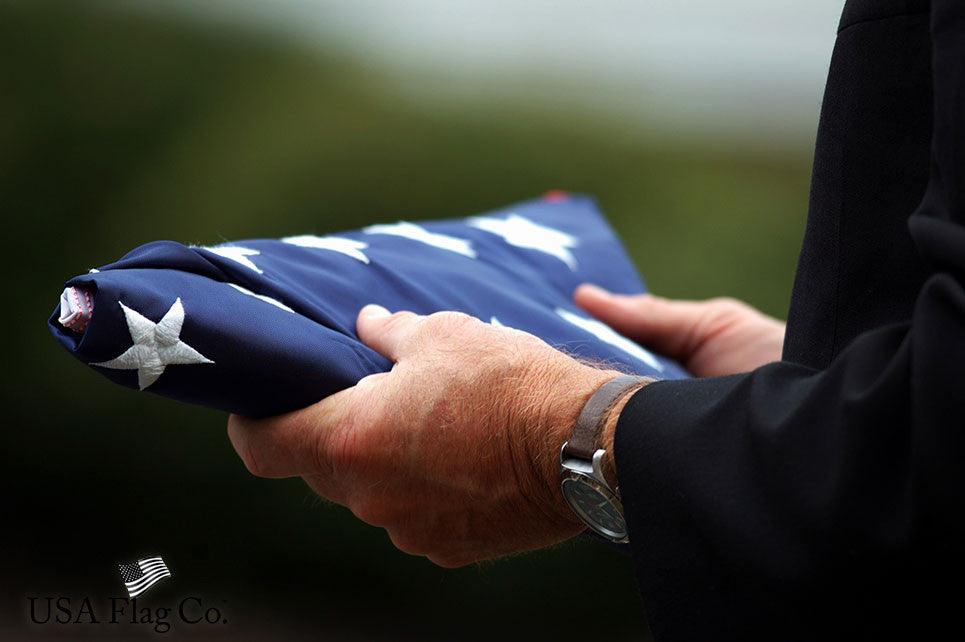
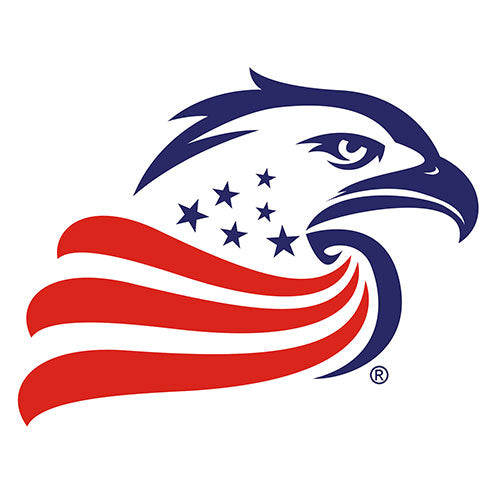

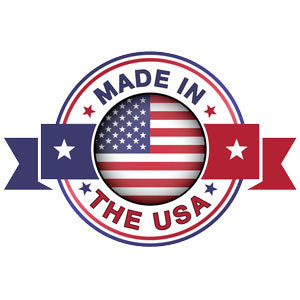
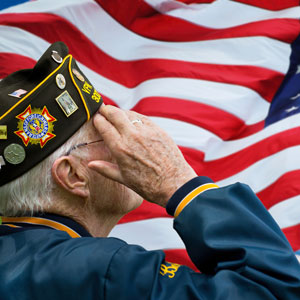
Leave a comment